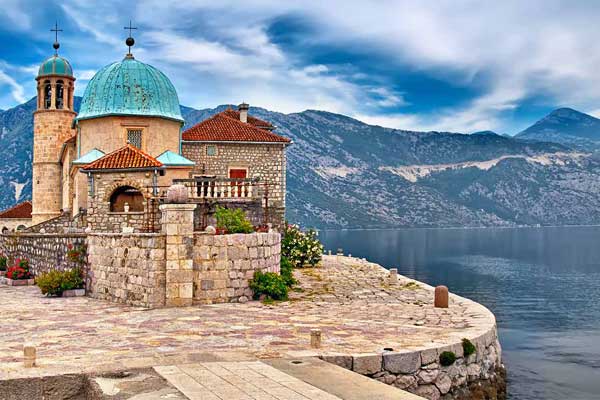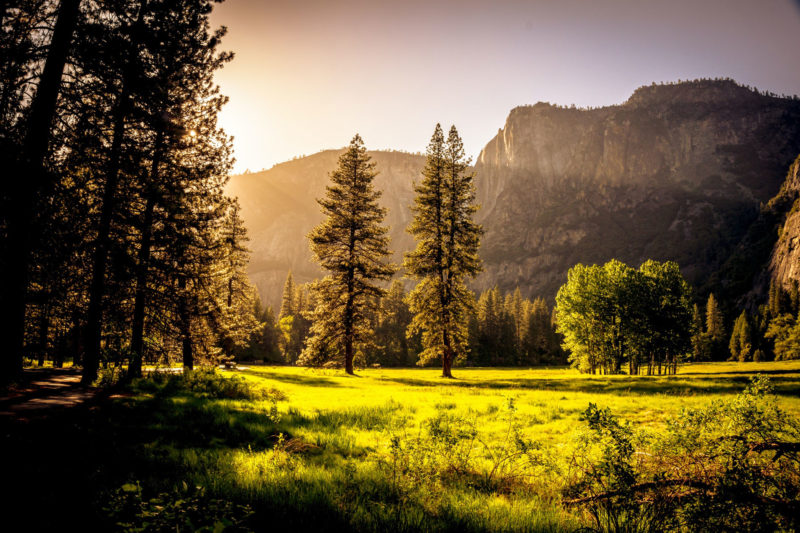Feel Montenegro
 Montenegro (Montenegrin: Crna Gora), is located in South-eastern Europe. It has a coast on the Adriatic Sea to the south-west and is bordered by Croatia to the west, Bosnia, and Herzegovina to the northwest, Serbia to the northeast, Kosovo under UNSCR 1244 to the east, and Albania to the southeast. Its capital and largest city is Podgorica, while Cetinje is designated as the Prijestonica, meaning the former Royal Capital City.
Montenegro (Montenegrin: Crna Gora), is located in South-eastern Europe. It has a coast on the Adriatic Sea to the south-west and is bordered by Croatia to the west, Bosnia, and Herzegovina to the northwest, Serbia to the northeast, Kosovo under UNSCR 1244 to the east, and Albania to the southeast. Its capital and largest city is Podgorica, while Cetinje is designated as the Prijestonica, meaning the former Royal Capital City.
Although small in size, Montenegro abounds in natural beauties, historical monuments, and sunny weather for almost a year. It’s a country full of contrast. At a distance of only 100 kilometers, there are three different natural environments: the coast, the Karst region, and the region of high mountains. Oftentimes, tourists have the opportunity to swim at the sea, to raft the rivers, hikers, or to ski on a mountain – all in one day. In just an hour of driving, you will be taken from the Mediterranean zone from 2 700 hours a year to the mountain zone to the ski slopes. Exotic trees grow not far from Alpine plants.
- Fun Facts
- Culture
- Nature
- Food & Drink
1. Montenegro is the first country to declare itself an ecological state when on September 20, 1991, the Declaration on the Ecological State of Montenegro was adopted in Zabljak.
2. The highest peak in Montenegro is Bobotov Kuk with 2522 meters.
3. Rain in Montenegro sometimes can be red or yellow. The reason for this is the air coming from Africa, which contains large quantities of dust.
4. The Tara River is the largest drinking water reservoir in Europe and the longest Montenegrin river.
5. The most important natural value of the National Park Biogradska Gora is the same as a rainforest, which covers an area of 1,600 hectares and is one of the last three in Europe.
The cultural heritage of Montenegro is unique and is the consequence of development, during history, under the influence of both western and eastern civilizations. Culture in Montenegro, therefore, was developed as a consensus of various traditions. This is evidenced by archival materials, library funds, literary monuments, archaeological exhibits, and artistic creations, as well as the diversity of architectural styles.
The largest number of preserved cultural and historical monuments is located in the area of the Boka Kotorska Bay. The city of Kotor is part of the world’s cultural heritage and is under the protection of UNESCO. The old town of Kotor is distinguished by countless narrow streets, squares, pieces, but what distinguishes it is a large number of gates that are stylishly built, a palace of wealthy families, as well as a large number of stairs or “scaladines”. Certainly, the most specific feature of Kotor is a large number of churches and monasteries in a relatively small area.
Three hundred kilometers of the Adriatic coast is a jewel of Montenegrin natural beauties. The beaches are gravel, sandy or rocky, only a few meters long, hundreds of meters or kilometers away. Lonely – away from the populated places or in front of you, the city’s central waterfront, or your hotel. Some, with restless waves, look toward the shores, and some are sheltered in the calm waters of the picturesque bay. Some are, again, pitiful and easy to access, others are wild, isolated and inaccessible, and can only be reached by boat or boat. These, however, are lethal, romantic, and lonely. They are, again, alive, clothed with a series of thoughtful events and activities.
This beauty of wild nature is rich in superlatives that everyone would wish for. Located in a small area you will find a sea with beautiful beaches, rivers with unique canyons, clear lakes, and giant mountains. Such a beauty takes the breath away and from first sight, every traveler remains eternally in love with Montenegro.
Montenegrin cuisine offers as much diversity as nature. Foods vary from the coast to the central part of the country to the mountains. Also, the foods served and the preparation process in the restaurants is distinctly different from the village foods. The country has a lot of national dishes, though not all are entire of Montenegrin origin. You can come across Italian, Turkish and Greek cuisine, as well as familiar items like hamburgers. Regardless of where the influence comes from, you can expect fresh, organic, local source foods in many places across the country.
Even though there are a variety of dishes sold, Montenegrin restaurants show their national pride in both their food and the feel of an ancient dwelling place in Montenegro. The restaurants are often made with stones and a hanging rack for drying their meat. For cooking and baking bread, most Montenegrin restaurants use sac – the large metal lid in the form of a shallow bell, which is covered with ash and hot coals. The meat is juicy and the vegetables have an amazing meaty flavor. To experience this local style of roasting, look for “izpod saca” on the menu (under the dome).
